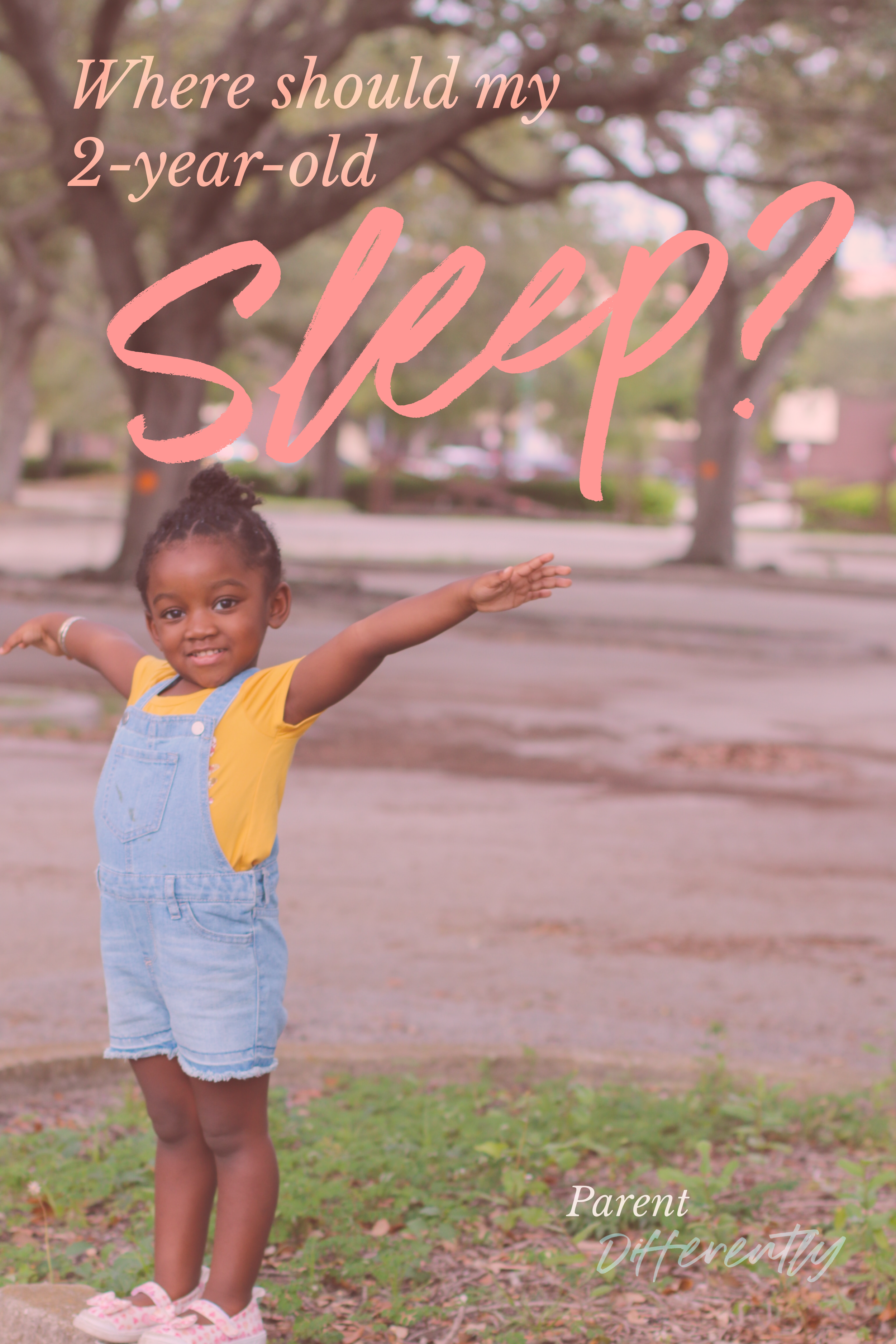Where should my 2-year-old sleep and other questions...
I am going to answer a few questions over the coming month about how to handle common Childhood Sleep problems.
Where should a 2-year-old sleep?
If your 4-year-old wakes over and over in the middle of the night, what should you do?
If your 6-year-old still wets the bed, is that OK?
This week it’s: Where should a 2-year-old sleep?
OK, so if you have this question, your toddler is probably not sleeping where you’d like them to, right? Well, before I even get to the advice I have as a long-time professional nanny, I want to say that kids’ sleeping arrangements vary depending on a ton of factors, including cultural practices, individual preferences, and safety considerations. The arrangement should not depend on what society says you should do or what your mother-in-law thinks is right or “normal.” If you can, start this process by talking to your partner and coming up with a plan that feels best for you and your family as a whole.
Here are some common options for a 2-year-old's sleeping arrangement:
(I also made you a Pinterest Board of options if you are a visual learner - follow me here)
A Toddler-Sized Bed: Many parents transition their 2-year-olds from cribs to toddler beds at this age because many kids start to climb out or are ready to learn more independent skills. A toddler-sized bed is specifically designed for toddlers and typically features safety sides to prevent falls or you can add your own rail. Toddler beds provide a sense of independence while maintaining a secure sleeping environment. Cons to this choice are they are free to roam their room, which means if you haven’t babyproofed, you will need to.
A Shared Bed: Some families choose to co-sleep with their toddlers, allowing the family to sleep in the same bed. The pros to co-sleeping are a sense of closeness and it does help to make nighttime parenting easier, particularly for kids who wake up a lot or are still breastfeeding. Cons to co-sleeping at 2 years old are generally around space issues and parental privacy (and, to be honest, whether or not you are “touched out” because you spend the entire daytime with your child too).
Room Sharing: Another option is to have your 2-year-old sleep in the same room as you but in a separate bed. Pros: Room sharing promotes a feeling of security for more sensitive temperaments and allows you to respond quickly to your child's needs if they wake in the night. Cons to this option are if you have a child who wants to sleep in your bed, they will end up there most nights.
Independent Room: If you do not want to bed share, then the option is to have them sleep in their own room. This can promote a sense of independence and provide everyone with an environment for uninterrupted sleep. I strongly suggest minimizing toy options to a few they like, and un-rippable books, and, of course, childproof. After that, it’s up to you to choose between a toddler bed or a twin mattress on the floor.
Independent Room Bed-Share: Finally, you can set up their room as stated above but provide a mattress on the floor big enough for you both. So if you like the pros of co-sleeping but are looking for a little privacy and alone time, this option offers the ability to tag-team with your partner every few nights and still be comfortable.
In the end, the choice of where a 2-year-old should sleep depends on what you want. Do you want to sleep with your child each night? Do you want to put them to bed and then have a night on your own? Do you have other kids who have different needs? Etc.
Also, it’s important to state that teaching a child to fall asleep independently can be taught using a shared bed and/or in their own room. To do this, you need to create a sleep environment that supports healthy sleep habits (and is safe), and then you need a bedtime routine and behavior plan. Consulting with your pediatrician or a sleep consultant can really help when it comes to bedtime battles.
Here are some experts and references that you can consult for further info:
First of all, try my book: The Middle of the Night Book, if you have a child who fights sleep or wakes in the middle of the night. The book uses a body-scan meditation to help your child notice their sleepiness, and it’s also a great book to wind down with for parents.
American Academy of Pediatrics (AAP): The AAP provides guidelines and recommendations on various aspects of child health, including sleep. Their website offers resources on safe sleep practices and age-appropriate sleeping arrangements for toddlers. You can visit their official website at www.aap.org.
Dr. Jodi Mindell: Dr. Jodi Mindell is an OG pediatric sleep expert and author of the book "Sleeping Through the Night: How Infants, Toddlers, and Their Parents Can Get a Good Night's Sleep." Her work focuses on understanding and improving sleep patterns in children of different ages, including toddlers.
National Sleep Foundation (NSF): The NSF is a nonprofit organization that promotes healthy sleep and provides information on sleep-related topics. They offer resources on sleep guidelines for different age groups, including toddlers. Visit their website at www.sleepfoundation.org
Sleep Consultants: Experts like these can provide personalized plans tailored to your child's specific needs and circumstances. These professionals have expertise in child development and can offer practical advice on sleep routines and appropriate sleeping arrangements for 2-year-olds. My recommendation is Mindful Sleep.
Remember always to consider your child's unique personality and your own needs when deciding this all. And no matter what you choose (and whether it works or not), you are a GoodAF Mom! - Stef


